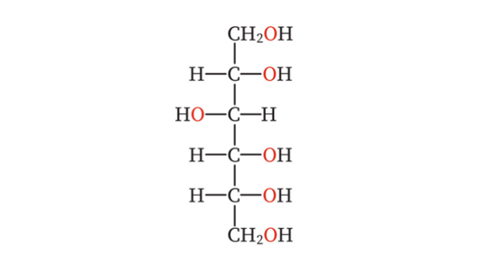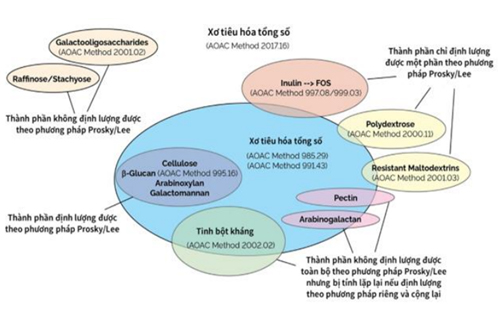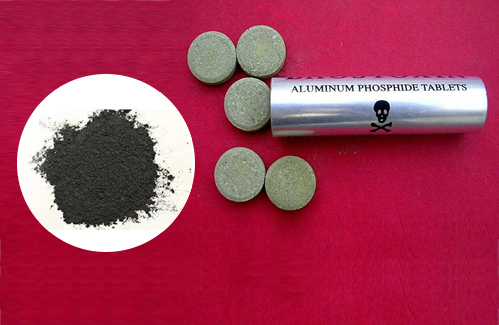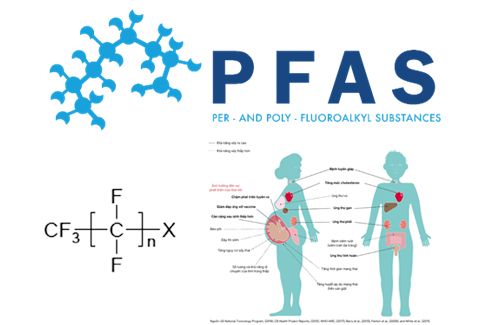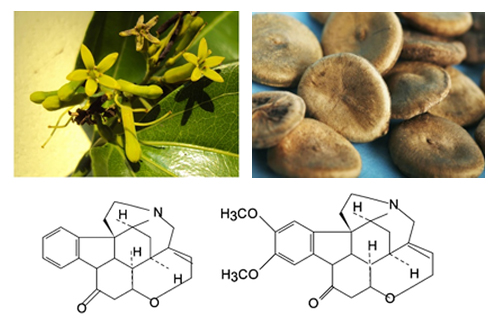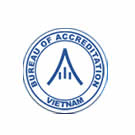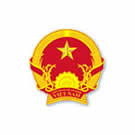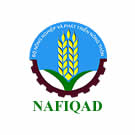- Folder Technical News
- Views 5926
- Last Updated 07/12/2023
Toad poisoning is a dangerous and frequent phenomenon in Vietnam, although there have been many warnings about the risks of using toads as food. In traditional medicine, toad meat is used to treat children's malnutrition due to its high protein and zinc content. However, some parts of their bodies contain toxins that can be deadly.
1. Dilemma of food poisoning related to toads in Vietnam
In recent times, many localities have had reports of food poisoning related to toads. During the period 2020-2022, the National Institute for Food Control (NIFC) has received a number of reports of food poisoning related to toads as follows:
In January 2021, in Hon Gam village, Ba Cum commune, Khanh Son district, Khanh Hoa province, a poisoning case suspected to be caused by natural toxins from toads occurred, killing 1. Analytical results of NIFC showed that both samples (braised toad meat sample and clinical sample) were positive for toad toxins: Bufalin, Cinobufagin, Resibufogenin.
In June 2022, in Xa Vi village, Huong Hiep commune, Dakrong district, Quang Tri province, a toad poisoning occurred that killed 2
(1 8-year-old child, and 1 22-month-old child). The cause was determined to be due to eating the cooked skin, viscera, and toad eggs. Analytical results of NIFC detected Bufalin and cinobufagin in food samples and Bufalin in vomit samples.
In addition, our country also receives many cases of poisoning due to toad toxins, an average of 2 to 4 cases a month nationwide. Most poisoning cases occur in rural and remote areas, some provinces regularly receive patients with toad poisoning such as Dien Bien, Gia Lai, Hoa Binh, Phu Tho. Although there are many warnings about poisoning cases due to eating meat, internal organs, and toad eggs, many people are still negligent, subjective, and improperly processed, causing poisoning and even death if not treated promptly.
2. Toxins and symptoms of poisoning
2.1. Distinguish between toads and frogs
Toads and frogs may look similar, but they are quite different. They have differences in appearance, such as skin, color and shape. Their behavior is also different.
Table 1. Characteristics that distinguish toads and frogs
|
Differences |
Frogs |
Toads |
|
Skin |
Slippery, smooth, wet |
Rough and dry |
|
Color |
Yellowish green color |
Dark green to olive green |
|
Shape |
Slender |
Fat and short |
|
Hind leg length |
Long, larger than head and body |
Shorter than head and body |
|
Foot |
Membrane |
No membrane |
|
Behavior |
Jump long and high |
Jump short and often crawling |
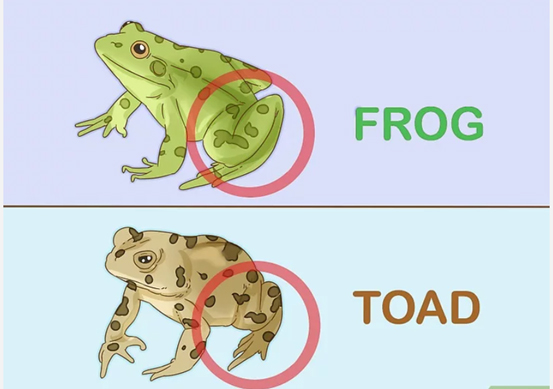
Figure 1. Distinguish between toads and frogs
2.2. Toad toxins
Toads can be toxic throughout their entire life cycle, from eggs, tadpoles, baby toads, and adult toads. The toad's poison gland is located entirely in the skin and parotid gland. When threatened, a toad can increase the pressure in its gland and spray venom several meters away.
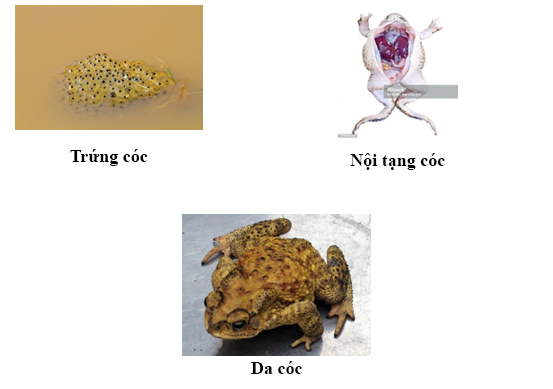
Figure 2. Some toxic organs of toad
Toad toxins are complex, varying by species but mainly divided into two groups: amines (adrenaline, noradrenaline, bufotenin, dihydro bufotenin, bufotionin) and steroid derivatives (cholesterol, ergosterol, g-sistosterol, bufotoxin, bufadienolid, argentinogenin, bufalin, bafarenogin, bufotalin, bufotalinin...). Among them, bufodienolide and bufotoxin have the same mechanism of action as digitalis. Hyperkalemia is a severe sign and a prognostic factor for death. Bufotenin, dihydro bufotenin, bufotionin cause hallucinations. Indolealkylamine has the effect of causing hallucinations, uterine muscle and intestinal spasms.
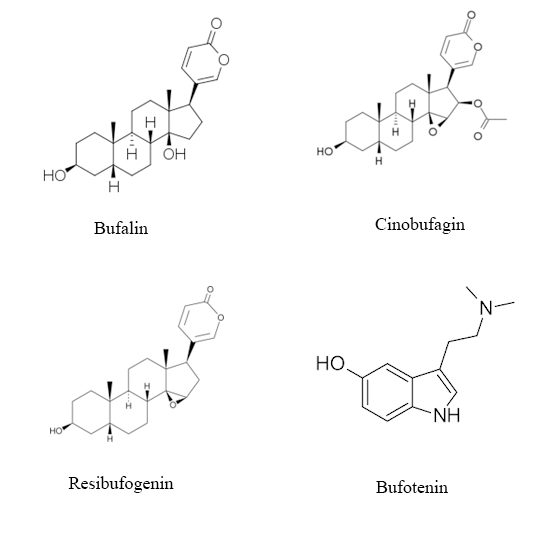
Figure 3. Some typical toxic amines and steroid derivatives of toads
2.3. Symptoms of poisoning
Symptoms appear late after eating about 1-2 hours. First are digestive symptoms: nausea, vomiting, increased salivation, abdominal pain, bloating, loss of appetite, and constipation. Then there are neurological symptoms such as headache, dizziness, insomnia, irritability, fainting, tremor, delirium, hallucinations, convulsions, coma and other symptoms. Cardiovascular symptoms such as tachypnea and hypoxia appear after 6 hours and hyperkalemia appears after 12 hours. Severe life-threatening arrhythmias often appear within 24 hours after eating.
If promptly treated, symptoms are improved within 1-4 hours but it takes 13 hours to stabilize because toad venom has an enterohepatic cycle, symptoms can recur after 3-24 hours of treatment, and possibly last 8 days when the patient has kidney failure.
2.4. Degrees of toad poisoning
- Mild poisoning: Abdominal pain, nausea, vomiting, loss of appetite.
- Moderate poisoning: Vision disturbances, dizziness, fatigue, confusion.
- Severe poisoning: Arrhythmia, increased potassium, fainting, coma, death.
3. Toad poisoning prevention and treatment
3.1. Toad poisoning prevention
Toad poisoning is often caused by eating toad meat, liver, toad eggs, or toad products. As a result, below are some tasks needed to perform well to prevent toad poisoning:
- Do not eat toad meat, if necessary, only use toad products that have been processed in the form of food (remove all skin, viscera and egg) and medicine that have been allowed for circulation by the authorities.
- Propagate knowledge to everyone, avoid all cases of poisoning.
Note: the toxins in toads are not decomposed by heat, so the notion that cooking toad meat will destroy the toxins is completely wrong.
3.2. Toad poisoning treatment
In case of detecting a patient poisoned, it is necessary to notify the health authorities, take the patient to the hospital promptly, and treat the symptoms mainly. Specific measures to handle poisoning are:
- Detect early signs of poisoning (patient is still conscious): need to actively induce vomiting; transfer the patient quickly to a facility with emergency resuscitation conditions.
- Prevent cardiovascular, respiratory, neurological, and urinary disorders with intravenous fluids, symptomatic medications, oxygen, mechanical ventilation, pacemakers, diuretics, kidney dialysis...
- Eliminate toxins: Gastric lavage, activated charcoal, enemas, detoxification...
To specifically treat toad poisoning, use anti-digoxin antibodies (Digoxin Fab), indicated in the following cases:
+ Hemodynamic instability
+ Life-threatening arrhythmias
+ Blood potassium > 5 mEq/l
+ There is evidence of viscera anemia (kidney failure, impaired consciousness)
+ Blood digoxin concentration after 6 hours of drinking > 20 nmol/l (15.6ng/ml)
Absolutely do not use calcium to treat hyperkalemia because digoxin increases calcium in myocardial cells.
4. Propaganda activities to prevent toad poisoning
In recent years, the National Institute for Food Control has determined the cause of food poisoning cases related to toads and participated in communication activities for grassroots health officials and people to help prevent toad poisoning. With the desire to contribute to reducing cases of food poisoning caused by toads in particular and natural toxins in general, the National Institute for Food Control regularly carries out investigation activities, determines the cause of food poisoning as well as communication to prevent poisoning. Communication activities to prevent toad poisoning will help limit future poisoning cases. At once, timely testing results will confirm the cause of poisoning and help doctors quickly take timely measures to handle poisoning cases.
The National Institute for Food Control is the highest level food testing agency, under the Ministry of Health, established under the Prime Minister's Decision No. 376/QD-TTg dated March 23, 2009. covered. The National Institute for Food Control is designated by the Ministry of Health, the Ministry of Agriculture and Rural Development and the Ministry of Industry and Trade to serve as a testing agency for state management. The National Institute for Food Control is an arbitration testing unit in nationwide for food quality and safety. In addition to performing food testing tasks to serve the state management in accordance with functions and duties, the National Institute for Food Control performs food testing services for customers in need. With the leading food testing capability in Vietnam, a laboratory with modern equipment and a team of experienced staff and experts, the National Institute for Food Control is committed to bringing to customers the best service of food testing with the motto: Honesty, Devotion, Accuracy, Efficiency, Prestige.
References
1. Guidelines for diagnosis and treatment of poisoning (2015), decision No. 3610/QD-BYT dated August 31, 2015.
2. R. M. Gowda, R. A. Cohen, and I. A. Khan (2003), "Toad venom poisoning: resemblance to digoxin toxicity and therapeutic implications", Heart, vol. 89, no. 4, p. e14.
3. Sakate M, Lucas De Oliveira PC (2000), “Toad envenoming in dogs: effects and treatment”, J Venom.Anim. Toxins vol 6 n.1, Botucatu.





